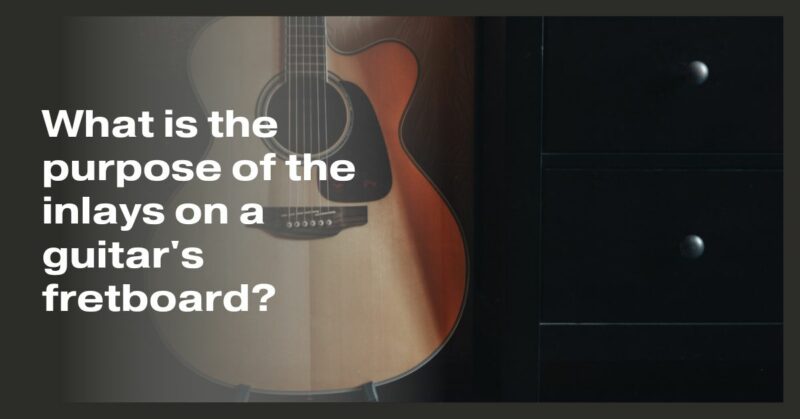The fretboard of a guitar is not merely a surface to press down on the strings. It is a canvas of functionality and artistry, and one of its most visually striking features is the inlay design. Inlays, those ornamental markers embedded into the fretboard, serve both practical and aesthetic purposes. In this article, we’ll explore the significance of inlays on a guitar’s fretboard and how they contribute to your playing experience.
Aesthetic Appeal and Personalization:
- Customization: Inlays are an opportunity for personalization. They allow guitarists to choose designs that reflect their personality, preferences, or the image they wish to project as a player.
- Artistic Expression: Elaborate inlay work can transform a guitar into a work of art, adding a unique visual dimension to the instrument.
- Brand Identity: Some guitar manufacturers use distinct inlay designs as part of their brand identity, making their instruments instantly recognizable.
Fretboard Navigation:
Inlays play a vital role in helping guitarists navigate the fretboard. Here’s how:
- Position Markers: Inlays serve as position markers, indicating the location of specific frets. Common markers include dots at frets 3, 5, 7, 9, and 12, with variations such as blocks, birds, or even custom designs.
- Fret Count: On guitars with more than 12 frets, inlays continue to provide guidance at higher positions, ensuring players can easily find their way around the extended range.
- Orientation: Inlays assist in maintaining proper hand placement and orientation on the fretboard, especially during complex chord changes or intricate solos.
Functional Significance:
In addition to aesthetics and navigation, inlays have functional significance:
- Side Dots: Many guitars feature side dots, which are small inlays along the edge of the fretboard. These dots are useful for players looking down at the neck from a playing position, helping them gauge their finger placement without having to shift their gaze to the front of the guitar.
- Binding Reference: In some cases, inlays may serve as reference points for binding or other decorative elements on the guitar’s body, ensuring alignment and precision in craftsmanship.
Inlays as Storytellers:
Some guitars feature inlays that tell a story or pay homage to specific themes or symbols. For instance:
- Custom Designs: Inlays can be customized to include personal motifs, initials, or meaningful symbols that hold sentimental value to the player.
- Historical References: Some guitars feature inlays that commemorate historical events, individuals, or cultural icons, adding depth and significance to the instrument.
Conclusion: The Fretboard’s Silent Narrators
Inlays on a guitar’s fretboard are more than decorative embellishments; they are practical aids that facilitate navigation, hand placement, and playing orientation. They also serve as a canvas for artistic expression, allowing players to infuse their personality and story into their instrument. Whether you appreciate inlays for their functionality, their aesthetic appeal, or their role in personalization, they remain an integral part of the guitar-playing experience, bridging the gap between form and function, art and music.


